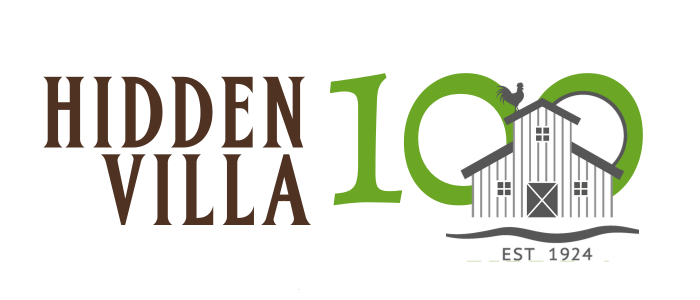Each session we will be diving into a new topic that is related to our overall theme of “Animals and Their Needs”. In this session, we will be learning from some of our favorite domestic birds, Chickens, and their wild relatives.
Next session we will talk about insects in the garden!
Let’s get started!
Chatting about Chickens
Chickens have four basic needs: food, water, shelter and space. When chickens’ needs are met, they are able to live healthy lives. We can be thankful for chickens for their eggs, feathers and meat!
Explore Click here for more our Student Guide that includes questions, resources and activities about this topic!
Chickens – From Egg to Egg-Layer
In this video, Nick taught us about the lifecycle of a chicken, including its birth, growth, reproduction, and death. When chickens are born, or hatched, they are eggs. Eggs need to be cared for before they hatch into chicks. As chicks grow, they enter their teenage or young-adult stage and are also known as pullets. When egg-laying chickens are full grown, they are called hens.
Explore Click here for more our Student Guide that includes questions, resources and activities about this topic!
We recommend watching the video twice and focusing on the following questions and activities for younger learners!
Draw a chickens lifecycle!
How do chickens clean themselves?
What can we thank chickens for?
Which came first, the chicken or the egg? (optional)
Chickens give us eggs, meat and feathers. They have useful adaptations (structures that function as tools) to help them feed and escape from predators. By understanding their adaptations we can create an ideal environment for them.
Explore Click here for more our Student Guide that includes questions, resources and activities about this topic!
We recommend focusing on the following questions and activities for younger learners!
An Adaptation is something that helps an animal survive in its habitat. For example, how fish have gills and lizards have scales. What do chickens and other birds have to help them survive? How many can you name?
Draw a chicken home. Dont forget its food, shelter, water, and space. Bonus if you also draw a chicken!
We thank our chickens by giving them snacks. They like a mixture of seeds and fruit. Since chickens and humans enjoy many of the same foods, you can make yourself a healthy snack we like to call “Chix Mix” by combining your favorite nibbles in a bowl. Possible ingredients include: chopped almonds, chopped walnuts, peanuts, raisins, dried cranberries, dried apricot pieces, banana chips – pretty much any fruit or nut you enjoy! Get help from an adult and get creative! This is a treat, so half of a cup of the mixture is a perfect serving.
What is next?
Have you investigated the questions and activities within your student guides?
What questions do you have for our Outdoor Educator, during your LIVE session?
Not signed up for a LIVE session? To learn more about our virtual programs and to register click below.
Schools and Groups: Learn with us!
Individuals and Families: Learn with us!
Teacher’s Corner
Dear Teachers and Parents/Guardians using these resources,
We have made students guides for many of our W.O.W. Video series. Each student guide contains a section called:
- “Know it all” meant as a comprehension corner with questions that have varying levels of difficulty related to the video.
- “Digging Deeper” that will include links and resources to learn more about the topic(s) addressed in the video.
- ”Try it” through a variety of activities meant to encourage learning away from the computer. These may be observation activities, crafts, games, writing prompts, or other creative activities supporting NGSS and video topics.
In creating these guides our intention was to allow a scope of options for educators to choose from that will best support their learners’ needs. Stay tuned for the roll out of our Student Worksheets.
Chatting About Chickens
Chickens From Egg to Egg Layer
Which Came First, the Chicken or the Egg
We hope you enjoyed these videos and the experience of learning at Hidden Villa from your own home! Consider supporting Hidden Villa by making a donation.
